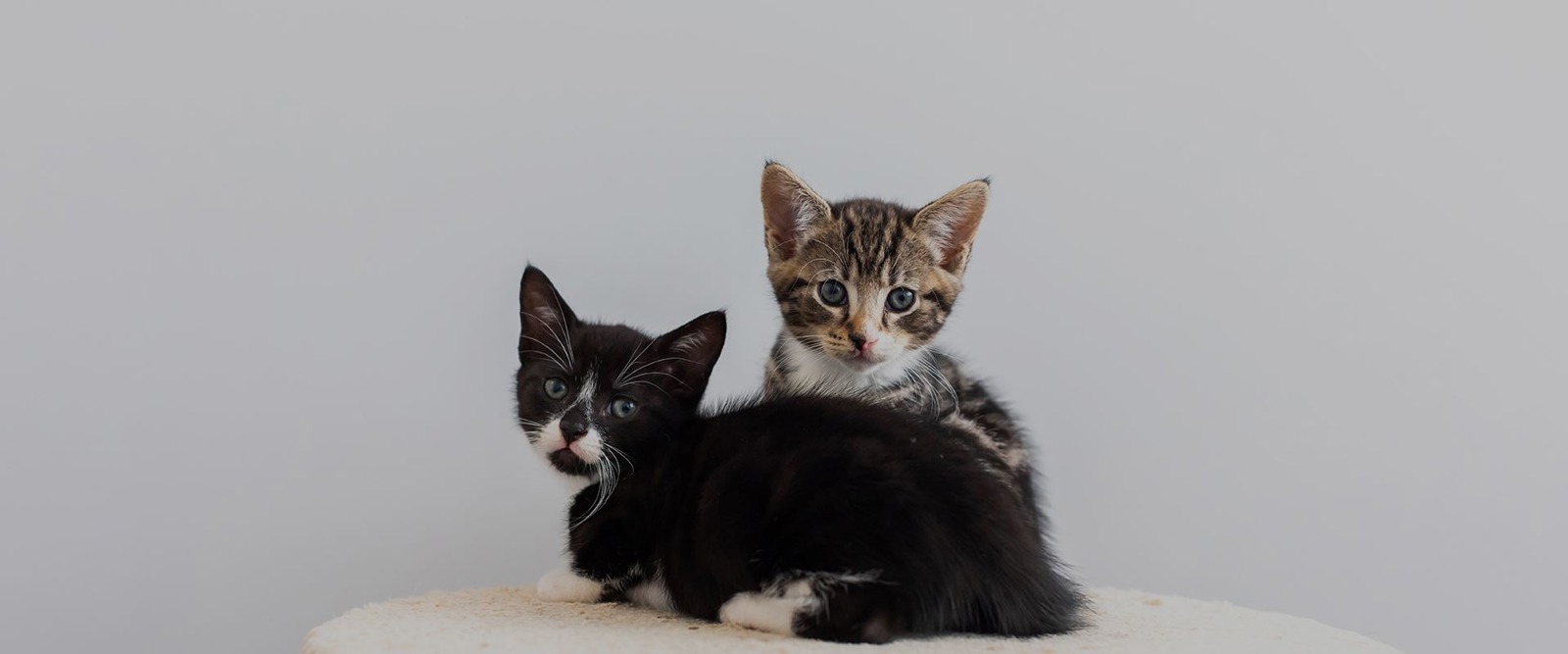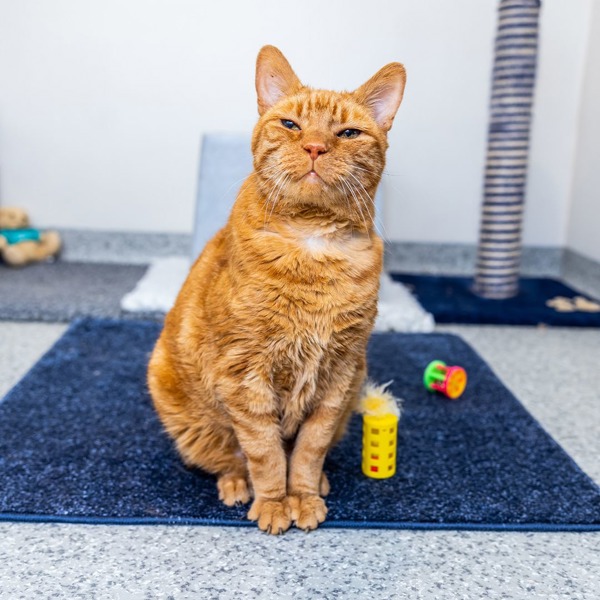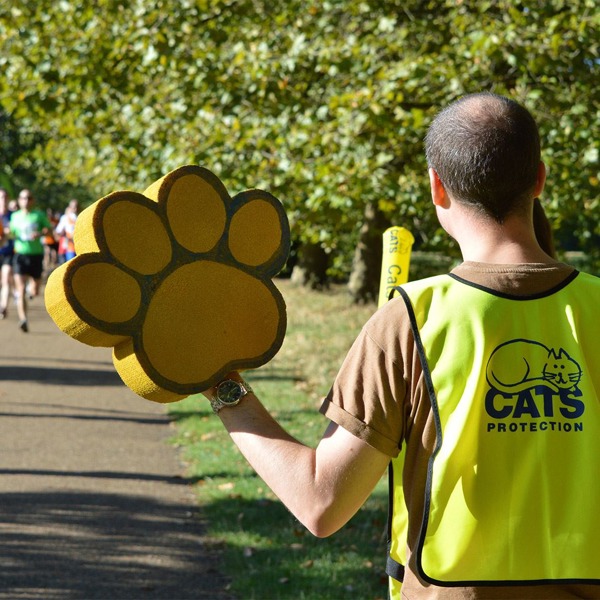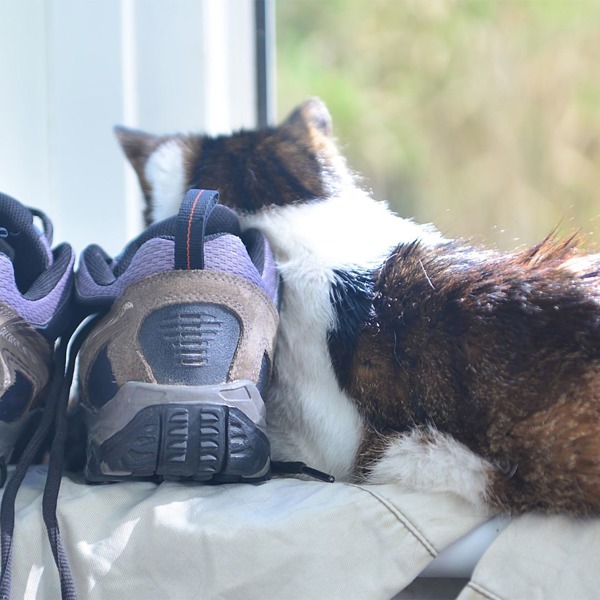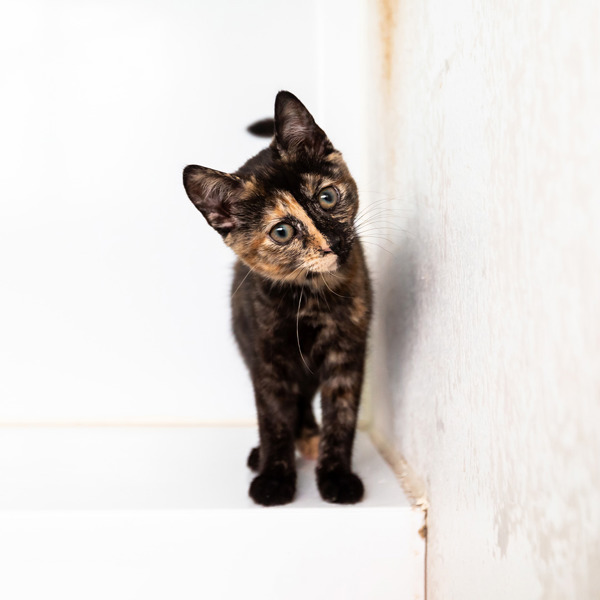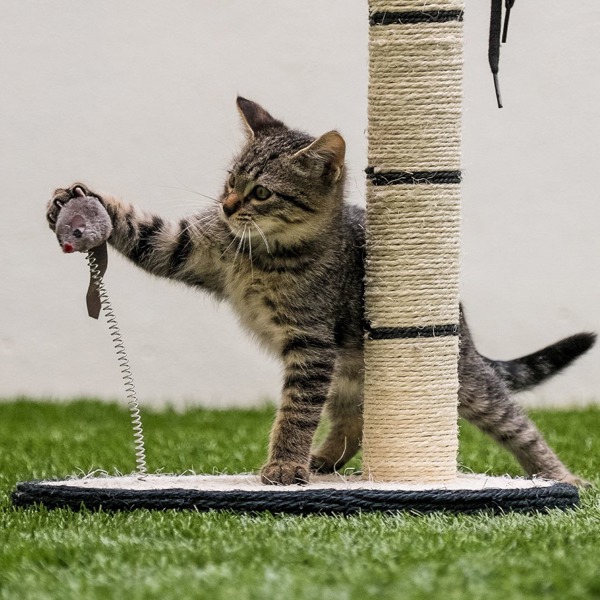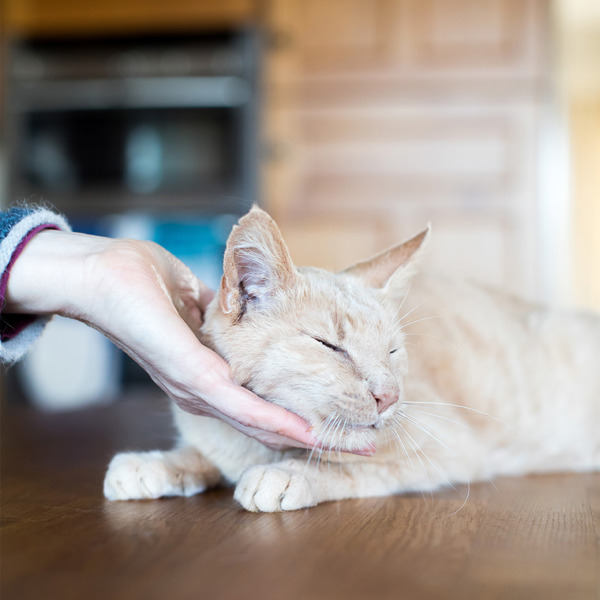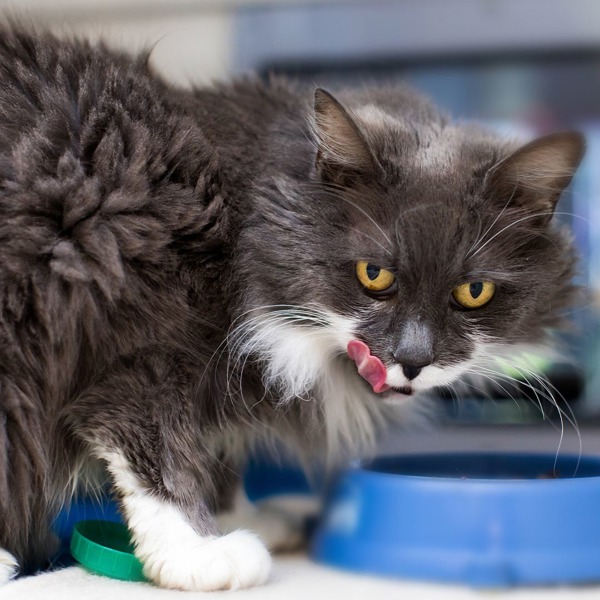Welcome to Cats Protection St Austell & District Branch
We're here to support cats and kittens in St Austell & District, covering postcodes: PL22, PL23, PL24, PL25, PL26.
Run by a small team of dedicated, cat-loving volunteers, we're passionate about improving the lives of cats and kittens in St Austell & District, working to find loving new homes for local cats in our care, and lost and found cats, as well as general education and awareness within the St Austell & District area. You can find out more about the work of Cats Protection here.

